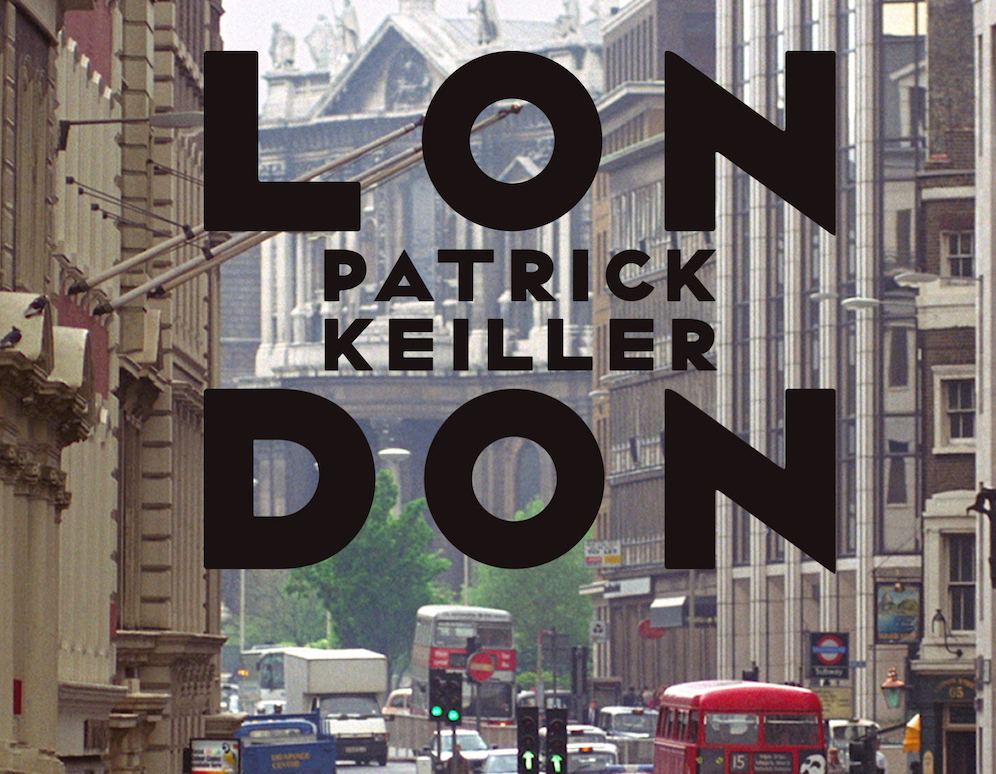Post
BOOK REVIEW | London
16 Aug 2023
By Patrick Keiller / Published by Fuel
Reviewed by Jo East
In 1992 Patrick Keiller set out to make a documentary on London like no other. In the book’s afterword the author talks of his influences from Surrealism, the French Nouvelle Vague to Rimbaud. Indeed the piece has the air of some flanneurs’ wanderings – albeit those with firm political ideas. Two imaginary figures take a series of urban walks musing on life and the events going on around them.
Ever familiar yet constantly changing, Battersea Power Station stands tall but unshrouded by luxury flats. One Canada Square peeps out alone from behind a hedge a plane flies low over a West London housing estate, but it is Concorde. It brought me up short, particularly with recent events, when they visit the aftermath of a bomb and it is mentioned that 1992 marks the 19th anniversary of the first IRA bomb in London.
Subscribe to our newsletter
There’s one frame that particularly resonated. The distinctive backdrop of Parliament Street with its telephone boxes. But these are not the four resplendent K6s beloved by tourists and tea towel designers alike but rather a couple of the grey aluminium “Shower cubicles” that heralded the newly privatised BT. Even London’s unchanging protected heritage it seems is a mirage of reinvention.
1992 was the year of Major, Maastricht and Miner’s. With Labour failing to win the election the unseen commentators stand outside Tory HQ in Smith Square and bemoan that “we were living in a one party state… as there was no longer anything a Conservative government could do to cause to be voted out of office”.
Later that year the government would narrowly vote to close the remaining pits marking a change for the Labour Movement. Later Major(s) decisions on Europe would open divisions in the Tory party that have defined the years since.
Get priority booking on events - join The London Society
Some things though remain constant. The Houses of Parliament is shown partly draped in a scaffold. There’s talk of a worsening economic crisis and Leicester Square is being revamped.
Reading the book made me seek out the film. It’s striking that the narration and music chosen echoes James Mason in The London that Nobody Knows. This, in turn, accentuates the strangeness of the two unknown protagonists dialogue and their socio-political commentary that punctuates the film/book throughout. A distinct change from the apolitical tone of that previous great documentary.
Handsomely presented in a size and shape aptly reminiscent of 1990s computer reel containers, the book provides the full script of the scene along with a fascinating afterword on its inception and a full inventory of shot locations - including whether these places still exist.
Designed as an accompaniment to the film, it stands just as well alone as a collage of our city 30 years ago.
